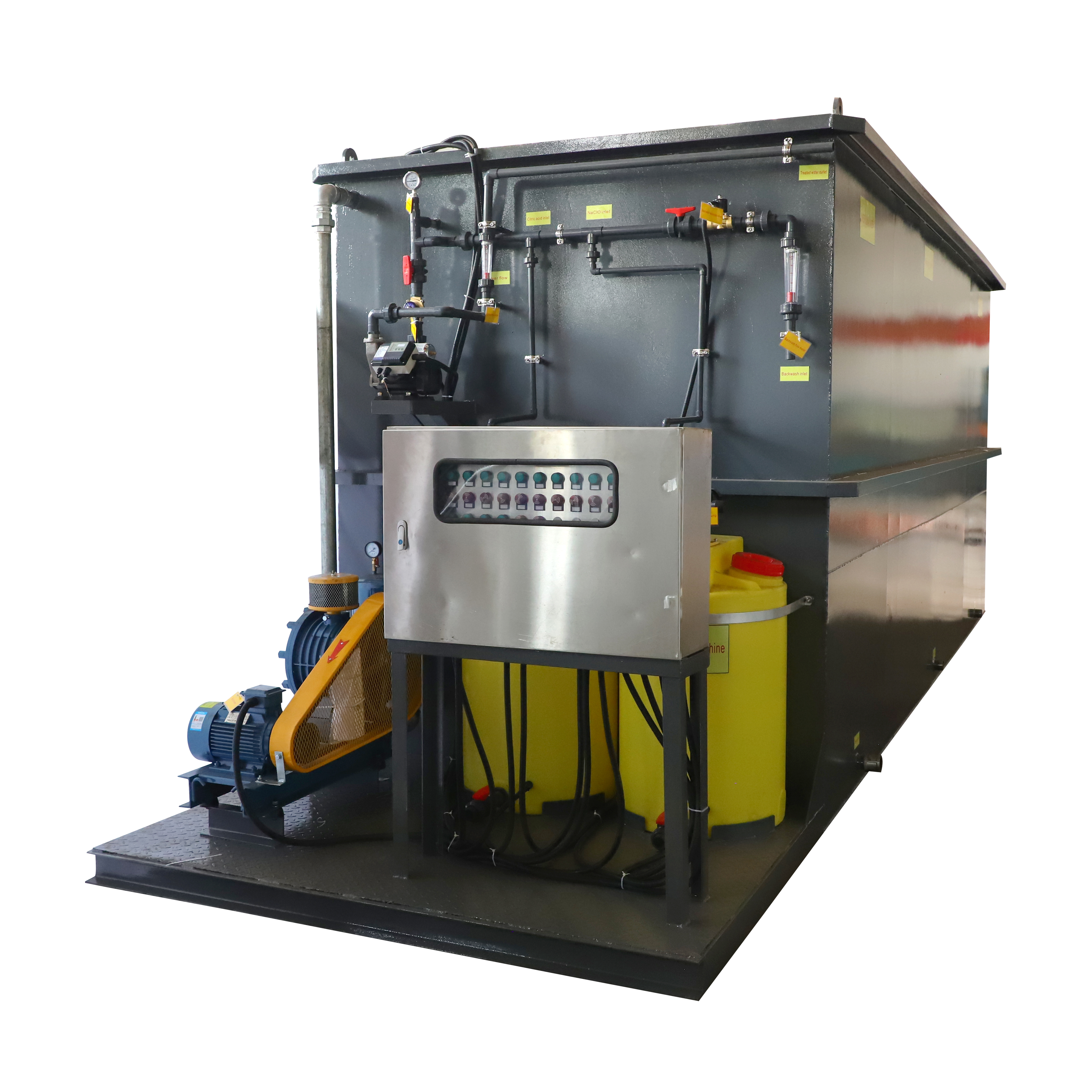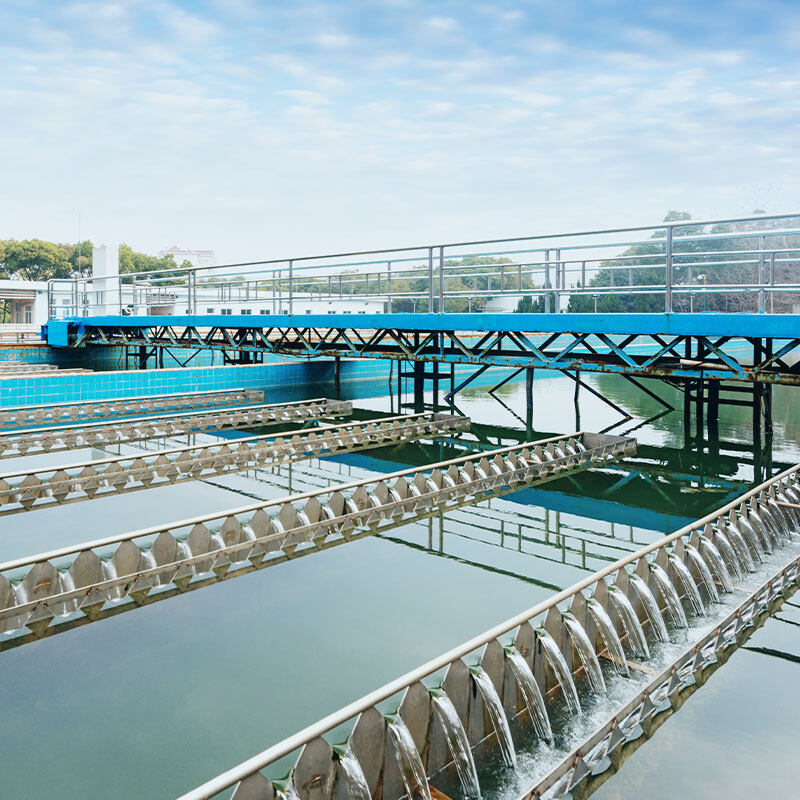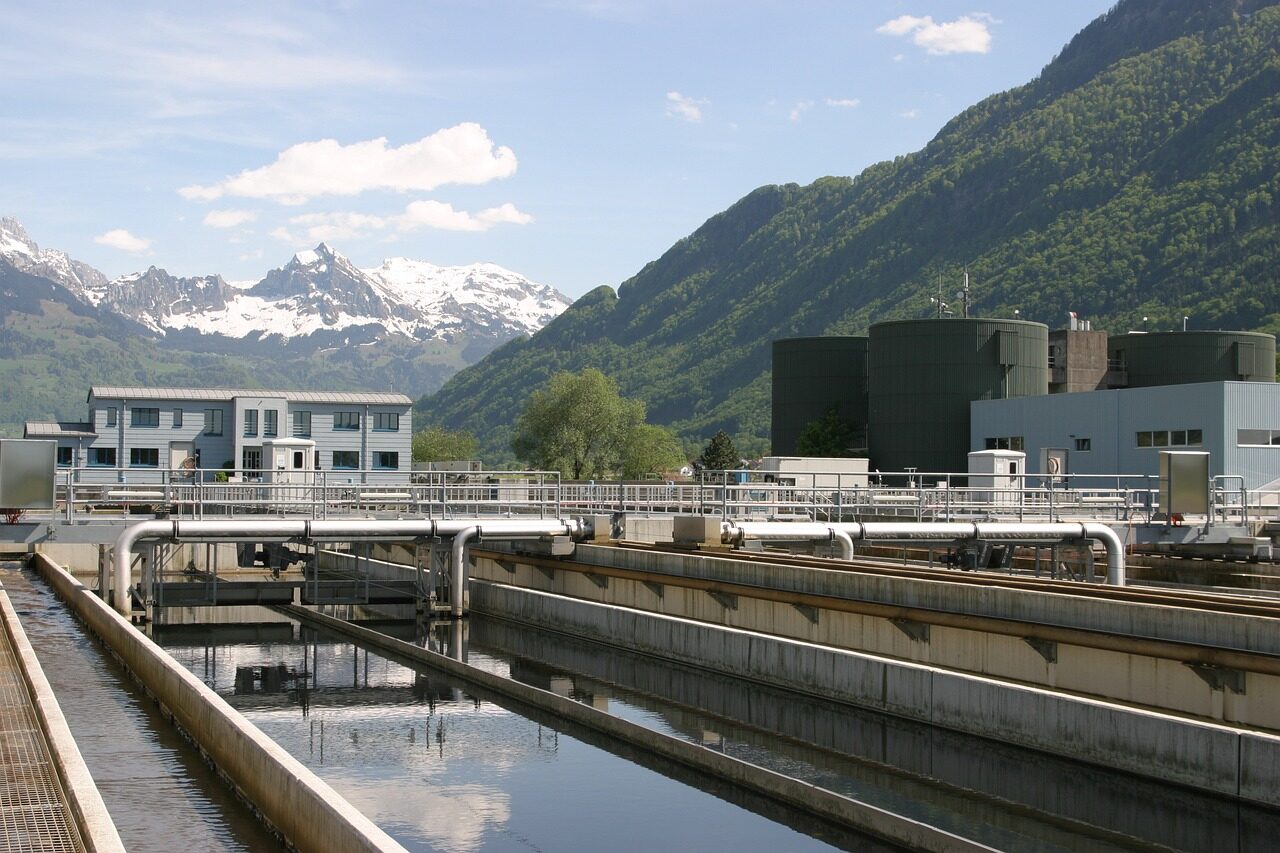Natural Sewage Treatment Plant: A Sustainable Solution for Wastewater Management
In an age where environmental sustainability is at the forefront of global concerns, the concept of a natural sewage treatment plant is gaining traction. These innovative systems leverage natural processes to treat wastewater, offering a greener alternative to conventional treatment methods. By mimicking natural ecosystems, natural sewage treatment plants provide efficient, cost-effective, and eco-friendly solutions to manage sewage and other waste products.
The Need for Sustainable Wastewater Management
Environmental Impact of Conventional Sewage Treatment
Traditional sewage treatment plants often rely on chemical processes and significant energy inputs. While effective, these methods can have detrimental environmental effects, such as:
- High carbon emissions due to energy consumption.
- Chemical residues that may not be entirely removed, leading to pollution.
- High operational costs, making them less accessible for developing regions.
Benefits of Natural Sewage Treatment Plants
The plant addresses these issues by utilizing natural elements such as plants, soil, and microorganisms to purify wastewater. The benefits include:
- Lower energy consumption: These systems often operate without the need for extensive mechanical equipment.
- Reduced chemical use: Natural processes minimize the need for chemical additives.
- Enhanced biodiversity: These plants often become habitats for various flora and fauna, promoting ecological diversity.
How Natural Sewage Treatment Plants Work
Constructed Wetlands
One of the most common types is the constructed wetland. These systems use a combination of soil, sand, and vegetation to filter and clean wastewater. The process involves several stages:
1. Primary Treatment: Physical removal of large solids.
2. Secondary Treatment: Biological degradation of organic matter by microorganisms.
3. Tertiary Treatment: Further purification through filtration and plant uptake of nutrients.
Aerobic and Anaerobic Lagoons
Aerobic and anaerobic lagoons are another form of natural sewage treatment. These large ponds facilitate the breakdown of organic waste through microbial activity:
- Aerobic Lagoons: Require oxygen, often provided by natural aeration or mechanical aerators, to support aerobic bacteria that decompose organic matter.
- Anaerobic Lagoons: Operate in the absence of oxygen, using anaerobic bacteria to break down waste and produce biogas as a byproduct.
Bioreactors
Natural bioreactors use organic materials such as wood chips or straw to create a habitat for microorganisms that degrade pollutants. These systems can be designed to treat various types of wastewater, from domestic sewage to industrial effluents.
Advantages of Natural Sewage Treatment Plants
Cost-Effectiveness
The plants typically have lower installation and maintenance costs compared to traditional plants. The use of local materials and minimal mechanical components reduces expenses, making these systems accessible for small communities and rural areas.
Energy Efficiency
By harnessing natural processes, these plants significantly reduce energy consumption. This not only lowers operational costs but also decreases the carbon footprint associated with wastewater treatment.
Environmental and Social Benefits
In addition to treating sewage, natural sewage treatment plants offer numerous environmental and social advantages:
- Improved water quality: The treated water can be reused for irrigation or released into local waterways without harming the ecosystem.
- Habitat creation: These systems often support diverse plant and animal life, contributing to local biodiversity.
- Community engagement: Natural treatment plants can be designed as community amenities, incorporating educational components and recreational spaces.
Implementing Natural Sewage Treatment Plants
Site Selection and Design
Choosing the right location and design is crucial for the success. Factors to consider include:
- Soil type and composition: Soil with good permeability and nutrient-holding capacity is ideal.
- Climate conditions: Temperature and rainfall influence plant selection and system performance.
- Proximity to water sources: Ensuring the treated water can be safely discharged or reused.
Plant Selection
The choice of vegetation is critical in a natural sewage treatment plant. Plants must be capable of thriving in wet conditions and efficiently absorbing nutrients. Commonly used species include:
- Cattails (Typha spp.): Known for their ability to uptake heavy metals and nutrients.
- Reeds (Phragmites australis): Effective in oxygenating the root zone and supporting microbial activity.
- Bulrushes (Scirpus spp.): Useful for their high tolerance to different water conditions and pollutant levels.
Maintenance and Monitoring
While the plants require less maintenance than traditional systems, regular monitoring is essential to ensure optimal performance. Key maintenance activities include:
- Plant management: Periodic harvesting and replanting to maintain healthy growth.
- Sediment removal: Clearing accumulated sediments to prevent clogging and maintain flow rates.
- Water quality testing: Regular analysis of treated water to ensure it meets environmental standards.
Case Studies of Successful Natural Sewage Treatment Plants
Harnaschpolder, Netherlands
The Harnaschpolder natural sewage treatment plant in the Netherlands is one of the largest of its kind in Europe. It utilizes a combination of constructed wetlands and lagoons to treat wastewater for a population of over 1 million people. The system is renowned for its efficiency and low environmental impact, serving as a model for sustainable wastewater management.
Arcata Marsh and Wildlife Sanctuary, USA
Located in California, the Arcata Marsh and Wildlife Sanctuary integrates wastewater treatment with a public park and wildlife refuge. This plant treats sewage for the city of Arcata while providing habitat for numerous bird species and recreational opportunities for the community. The project demonstrates how natural treatment systems can be both functional and beneficial to society.
East Kolkata Wetlands, India
The East Kolkata Wetlands in India are a prime example of how natural sewage treatment can be integrated into a large urban environment. Covering an area of over 12,000 hectares, these wetlands treat the city's sewage through a network of ponds and canals, supporting extensive fish farming and agriculture. This system not only purifies wastewater but also sustains the livelihoods of thousands of people.
Challenges and Future Prospects
Overcoming Barriers to Adoption
Despite their benefits, natural sewage treatment plants face several challenges:
- Land requirements: These systems often require more space than conventional plants, which can be a limitation in densely populated areas.
- Public perception: Educating communities about the benefits and effectiveness of natural treatment methods is crucial for wider acceptance.
- Regulatory support: Policies and regulations need to encourage and facilitate the implementation of natural treatment systems.
Technological Advancements
Ongoing research and technological innovations are enhancing the efficiency and applicability. Advances in plant biotechnology, microbial engineering, and system design are expanding the range of pollutants that can be treated and improving the resilience of these systems.
Integration with Urban Planning
As cities grow and evolve, integrating natural sewage treatment plants into urban planning can offer sustainable solutions for wastewater management. By incorporating green spaces and water treatment functions, urban areas can enhance their environmental sustainability and quality of life for residents.
Conclusion
The natural sewage treatment plant represents a promising shift towards sustainable wastewater management. By harnessing natural processes, these systems provide an environmentally friendly and cost-effective alternative to traditional treatment methods. As awareness and technology advance, the treatment plants will play an increasingly vital role in protecting our water resources and promoting ecological health. Embracing these systems can lead to cleaner waterways, healthier communities, and a more sustainable future for all.



